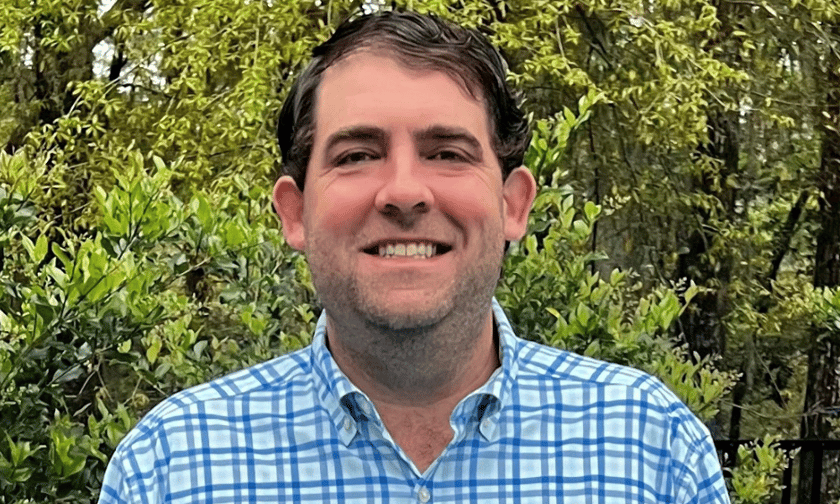

As the landscape of insurance continues to evolve at a rapid pace, firms are having to scramble to keep ahead of disruptive challenges – especially those operating in the coastal regions prone to catastrophic events.
Speaking to IB, Brian Payne (pictured), president and CEO at Field Insurance Agency of Surfside, said that these changes are manifesting as elevated property replacement and construction costs continue to rise, adding to the overall importance of keeping clients in the loop.
“We’re trying to bring this level of awareness to the clients attention because you’re looking at a lot of the square footage values in a different type of demand than we’ve previously seen,” said Payne. “We continue to see a lot of elevated construction costs. And, of course, a lot of that has to do with materials going into these builds on both residential and commercial properties nowadays.”
With the introduction of high-quality materials in construction, insurance services must recalibrate their offerings to align with the new valuation of properties. But this recalibration is not without its challenges, Payne pointed out.
“You’re seeing more wind and hail deductibles versus the named storm and hurricane deductibles that were common during the softer market,” he explained. “The flood market is still very, very competitive [too]. The private sector is deeply involved in a lot of the flood business, but there are scenarios where the FEMA rates are still competitive for certain types of risks - although [this] continues to be inflated as well.”
As the sector changes and challenges continue to evolve in unprecedented ways, for Payne and his team their success relies heavily on their ability to remain agile – and always keeping their ears to the ground.
“There’s been a lot of change and a lot of disruption over the short term,” Payne explained. “There’s a lot of non-renewals going on in the marketplace, and carriers that have capacity and exposure concerns. For us, [maintaining] our relationships with our wholesale brokers to understand some of those capacity restraints, to understand how much growth they’re looking to take in certain markets – that’s a big piece of the of the equation.”
The key to this strategy, according to Payne, is the deep understanding and communication with underwriters and carriers, ensuring that the agency is aligned with those who are actively seeking to expand their portfolio.
“This allows us, from a sales production side, to have confidence in approaching our markets and underwriters to write certain risks,” he added.
However, Payne was quick to point out that the intricacies of reinsurance, modeling, and the various aspects of the industry that impact insurance rates are not always transparent to the end consumer.
“Not everybody understands that to the extent that I feel like we understand,” explained Payne. “Understanding of that business in the way that it’s conducted, allows us to be able to have confidence with what we’re doing day to day and to educate the consumer. A lot of times the typical response from the consumer is: ‘I haven’t had a claim. I don’t understand why my rate went up’. However, over the last few years, you’ve had some carriers that have either non renewed, gone insolvent or pulled out of the market totally because of these challenges. I think some of the carriers’ appetites are going to continue to get better - but at the same time you can’t forget the amount of exposure out there when it comes to a catastrophic event.”
Looking ahead to whether or not these trends will continue on in the sector, Payne told IB that the pressure on the deductible side from a wind and catastrophic space will remain.
However, he’s confident that new tools could offer a helping hand. “I really believe that the technology piece will continue to gain traction year after year in this industry.”
For Payne, the digital evolution marks a significant leap forward in efficiency and precision. The move towards online policy writers and the streamlining of issuing coverage are prime examples of how the industry is becoming more accessible and user-friendly.
“I’ve been doing this for over 20 years, and now producing these policies, issuing coverage, continues to get more and more streamlined as the years go on,” he said. “I truly believe that will continue. We’re starting to see some of the systems are very advanced in regards to pulling data and details on the properties and geocoding to know exactly where that risk lies. That information is then relayed back to the carrier so they can appropriately price the risks.”
